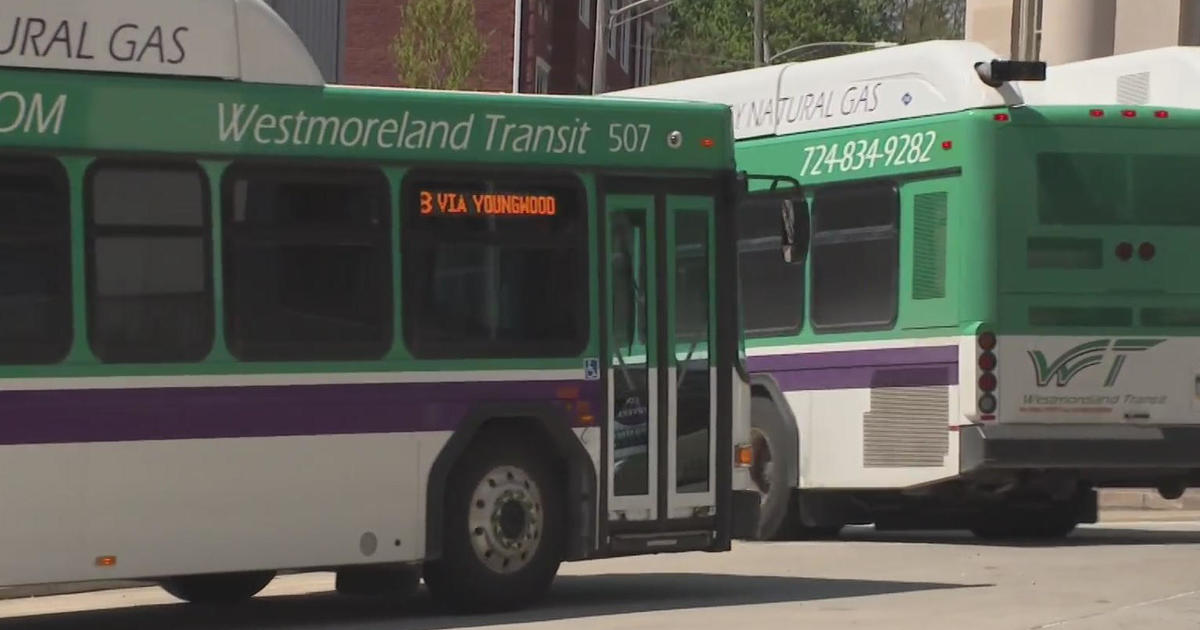New Technology Could Be Used For Knee Replacement Therapy
PITTSBURGH (KDKA) -- At one point, Kathleen McGinnis' knee pain was so bad that every movement was excruciating.
"It would get enormous, first of all, couldn't bend it," she said. "I'd count my steps to the car. That was the worst."
Eventually she had surgery -- a total replacement in her right knee. But as an active mom and store decorator, she did not want that surgery, and the physical therapy that would follow, to slow her down.
"I have young sons, and they didn't drive, and I was worried about how I was going to get to physical therapy," she says.
Kathleen's doctor says she's not alone. Not only is getting to therapy a hassle, but the time in between visits is just as important.
"The thing total knee patients hate the most is physical therapy," says Dr. Michael Levine, an orthopedic surgeon at Forbes Regional Hospital. "A lot of people will do the therapy when the therapist is around. But the key to the therapy, you may only see a therapist three days a week. There are seven days in a week -- those other four days, a lot of people are just sitting around and say, watching TV."
That gave Dr. Levine an idea. He developed a routine for some of his patients using this device. It's called an electrical muscle stimulator, or EMS. Using electric impulses to stimulate the body's natural muscle movements, it simulates the kind of workout you'd get with physical therapy and you can do it from your own home or even while you're at work.
"It's a device that provided both pain relief and could strengthen muscles at the same time. And a little bell went off in my head and I said, 'I've got a great use for this.'"
In a study done locally at Forbes Regional Hospital, Dr. Levine put patients on a routine using the EMS strengthening setting in the morning, followed by the pain relief setting in the evening.
"It's a great way for people who don't want to do anything to at least get their muscles strengthened," he says.
In the study, 35 patients got the stimulator, and 35 got home-based physical therapy followed by four weeks of outpatient therapy. After six months, the outcome was actually the same for both groups in terms of function, pain and general wellbeing.
But Dr. Levine says patients who used EMS reported being more satisfied overall with their experience.
That was certainly true for McGinnis. She used the EMS device one month before her surgery and three months afterwards. She used it at home simply while drying her hair.
"You had to do it twice a day," she said. "Every other day you put the massage in there. Little bee bites -- it's not bad. It's not painful. Convenience is the number one thing."
Right now you can only get the EMS device by prescription. It costs $250 to $400. Because it's not the standard of care yet, insurance doesn't consistently cover it. But even out of pocket, it could be less expensive than physical therapy.
"The machine itself, at $250, is equal to two physical therapy visits, basically," said Dr. Levine.
A price Kathleen says she's definitely willing to pay.
"I don't count my steps to the car anymore," she says. "It's gonna change your life. You're not gonna have the pain. I mean that's no. 1 for me."
This study is essentially a pilot study, showing that this could work.
More rigorous scientific testing with a specific protocol compared to a specific course of physical therapy with a larger number of people will be needed before this becomes a commonplace option after knee replacement.
RELATED LINKS
More Health News
More From Dr. Maria
More Local News



